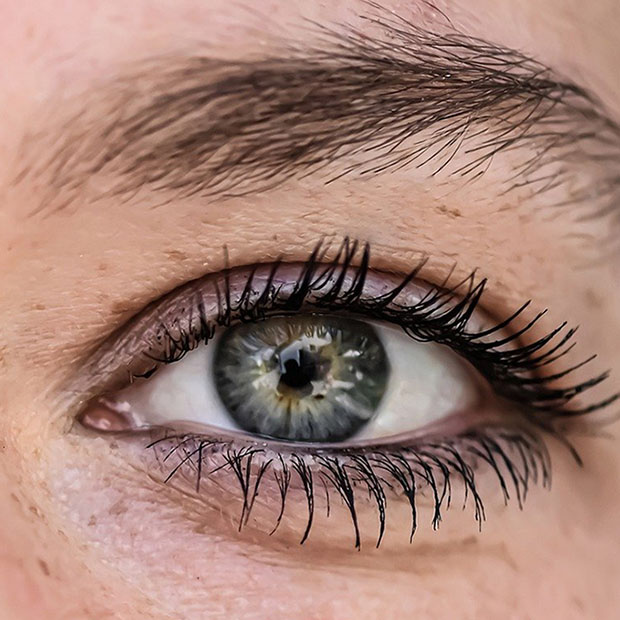Eyesight Is More Than 20/20 Vision

We tend to think of 20/20 vision being a synonym for perfect eyesight, but that isn’t quite true.
All it means when someone has 20/20 vision is that they have normal visual acuity without refractive errors like nearsightedness, farsightedness, or astigmatism. There is a wide range of vision problems that have nothing to do with refraction, and they are unfortunately much more likely to remain undiagnosed and untreated.
What Are the Symptoms of an Undiagnosed Vision Problem?
Some symptoms of an eye problem are very obvious, like a lazy eye or crossed eyes. Most symptoms are subtler, particularly in children. Little kids don’t realize that what they’re experiencing with their eyesight isn’t normal, which means it wouldn’t occur to them to tell an adult. They are expected to perform at the level of children with normal eyesight and may not be able to, which results in frustrated adults, confused and upset children, and a lot of misdiagnosed learning disorders.
The symptoms we’re talking about are:
- Difficulty concentrating
- Reading comprehension problems
- Short attention span (especially with close-up work)
- Frequent headaches
- Neck strain
- Dizziness
- Double vision
- Poor depth perception
- Frequent blinking and eye rubbing
Functioning Binocular Vision Matters
We don’t just need our eyes to work individually, we need them to work as a team, which is called binocular vision. If you close one eye, then the other, you will notice that you see things from a slightly different angle because of the distance between your eyes. Our brains use those two images to create a 3D image, which is how we can tell how far away different objects are from us. A number of different conditions can hamper binocular vision:
- Convergence insufficiency, where the eyes struggle to turn inward to focus on close objects.
- Convergence excess, where the eyes turn inward too much when focusing on close objects.
- Divergence excess, where the eyes turn outward too much when focusing on distant objects.
- Divergence insufficiency, where the eyes struggle to turn outward to focus on distant objects.
- Strabismus, where one eye turns inward or outward.
- Amblyopia or “lazy eye,” often the result of a severe refractive error in one eye or strabismus. To compensate, the brain will favor visual input from just one eye, which makes the other worsen in acuity.
- Vertical heterophoria, where the eyes are misaligned vertically, which makes them strain to create a coherent image together.
Most of these forms of binocular vision dysfunction can be treated with visual therapy or corrected with special glasses if they are diagnosed, though some are best treated with surgery.
This Is Why Comprehensive Eye Exams Matter
It’s great that kids can take the big E eye test with the school nurse, but only a comprehensive eye exam with an optometrist can check for eye problems that have nothing to do with 20/20 vision, and catching these problems early is hugely important to a child’s education. Many adults still haven’t been diagnosed or treated for them as well. If you think you or your child might be experiencing any of the symptoms we listed here, it could be a lesser-known vision problem, so don’t hesitate to schedule an eye exam!

